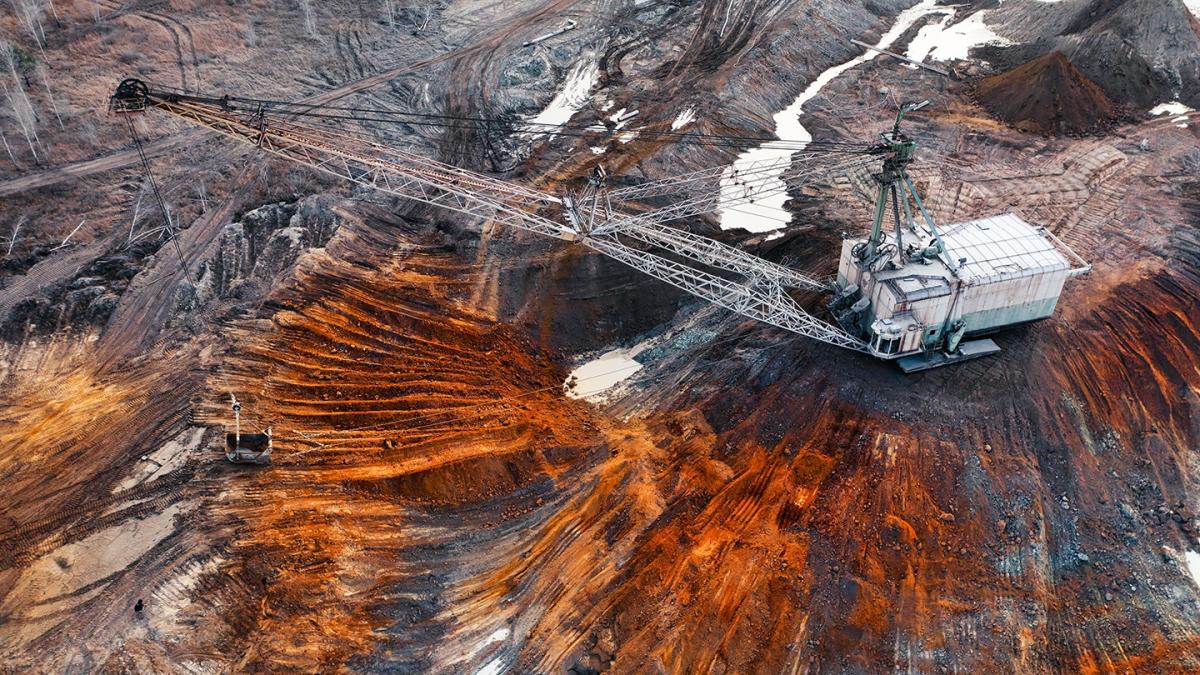Idaho Attorney General Raúl Labrador has appealed a federal decision that allows a controversial Idaho wind turbine farm proposal, located near the historical site of Japanese incarceration camps, to move forward.
Labrador asked the Federal Aviation Administration to revisit its decision that the Lava Ridge Wind Project near Jerome poses no hazard to aviation, according to a news release from the Attorney General’s Office. The project initially called for 400 750-foot wind turbines to generate renewable energy, but the Bureau of Land Management announced in a final environmental review Thursday that it favors an alternative proposal to slash that number to 241 turbines at a maximum 660 feet.
Even with the proposed changes, the wind turbines would still be among the tallest in the country and “pose an obvious hazard to local aircraft and airports,” the Attorney General’s Office said in its news release. The office also criticized the proposal for sending some of the power the turbines would generate to California.
An FAA finding of potential hazards could delay or derail the project.
“Strong words are just not enough,” Labrador said in the release. “The people of Idaho have overwhelmingly demanded action and deserve better than to be ignored by federal bureaucracies. Yesterday’s appeal is my office’s first of many steps in fighting this ill-conceived project that threatens Idaho’s agriculture, wildlife and waterways.”
The project, which was first proposed in 2021, has faced opposition from Idaho political leaders, ranchers, conservationists and advocates for the Minidoka National Historic Site where thousands of Japanese Americans were incarcerated at the site during World War II.
Farmers and ranchers have said they worry installation near their properties could impact groundwater or terrain, disturbing grazing and crop production. Many have joined environmentalists in their concerns over birds and bats who may be struck by the turbines’ blades.
Friends of Minidoka, a nonprofit dedicated to historic preservation and education on the incarceration camp, said the view of the turbines from the remote camp would disturb the somber landscape and alter its historical context.
Labrador’s office said the FAA didn’t consider low-level flights, which include over 13,000 agricultural flights a year and crop-dusters that spray pesticides or herbicides as low as 10 feet.
In its aeronautical study, the FAA responded to concerns raised by local pilots and aviation officials in public comments. The FAA said that because crop dusting occurs below the minimum elevation outlined in its general flight rules, agricultural operations aren’t considered when the agency assesses potential adverse effects.
In Labrador’s appeal to the FAA, he said wind turbines could impact the safety of an already-risky activity, potentially forcing farmers to forego aerial applications altogether.
The Attorney General’s Office said it expects the BLM to issue a final decision on the project in the coming weeks.
Signup bonus from





